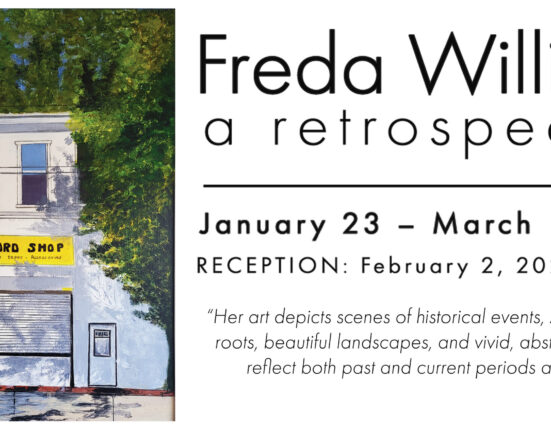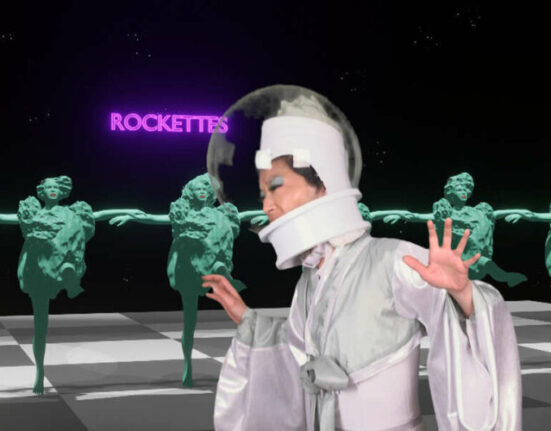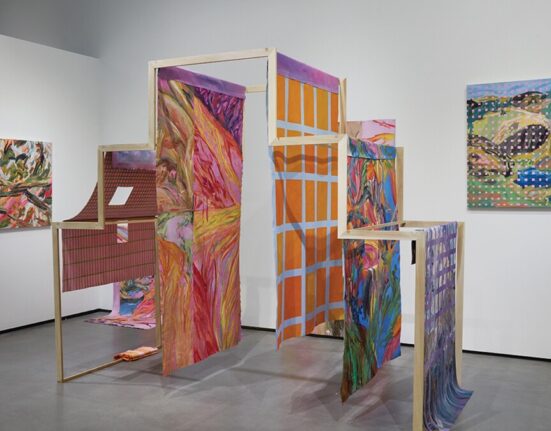In the world of screenwriting, the age-old adage of “show, don’t tell” remains as relevant today as it ever was. It’s something you hear again and again.
And it’s still incredible advice.
At its core, “show, don’t tell” is about utilizing the visual medium of film to its fullest extent. The principle challenges screenwriters to convey story elements through behavior, action, and visual metaphor, rather than expository dialogue.
It’s the difference between a character stating they’re an expert marksman and a scene showing them hitting a bullseye from a remarkable distance.
Today, we’re going to go over it, define it, and dig into why it is a core tenant of screenwriting.
Let’s dive in.
What’s The Meaning of ‘Show, Don’t Tell’?
“Show, Don’t Tell” in screenwriting is a fundamental principle that suggests it’s more effective to convey information and emotion through a character’s actions, expressions, and the film’s visuals, rather than through expository dialogue or narration.
It means using the unique capabilities of the visual medium to allow the audience to infer what they need to know about the characters and the story, rather than telling them directly.
Why is “Show, Don’t Tell” Important to Screenwriters?
A screenplay should be a delicate dance between the visual and the verbal. Over-reliance on either can topple the narrative.
Here’s why this principle is so important in screenwriting:
- Engagement: By showing rather than telling, the audience becomes more engaged in the story. They’re not just passive recipients of information but active participants, piecing together the clues the screenwriter has laid out.
- Visual Storytelling: Film is primarily a visual medium. “Show, Don’t Tell” leverages this by encouraging screenwriters to think in terms of images and action, which can often convey complex emotions and subtleties that words alone cannot.
- Subtext: This principle promotes the use of subtext, where what’s happening beneath the dialogue is more significant than the words spoken. Characters might say one thing but mean another, which is revealed through their actions or the context.
- Economy: Screenplays are typically tight on space, and showing rather than telling is often a more economical way of conveying information. It allows for a more concise script that still delivers depth and detail.
- Showcases Talent: When screenwriters show instead of tell, they create opportunities for actors to demonstrate their skills. Actors can use their performances to convey what the script requires without it being spelled out for them.
Tips on Writing Visually By Using ‘Show, Don’t Tell’
When we “show,” we engage the audience’s imagination, inviting them into the world we’ve created. To “tell” is to deprive them of the experience of discovery. It’s the difference between giving someone a fish and teaching them to fish. The former may feed them for a day, but the latter engages them in the experience, a gift that keeps on giving.
Visual storytelling relies on the screenwriter’s ability to write scenes that utilize visual and auditory cues that guide the audience to the intended emotions and insights. A character’s clenched fist or an out-of-tune piano in a silent room can speak volumes without a single line of dialogue.Writing visually in screenwriting is crucial for creating an immersive and impactful story. Here are some tips to help you embrace the “show, don’t tell” technique:
- Utilize Actions and Reactions:
- Characters can reveal their feelings and personalities through their actions. For example, instead of writing “John is nervous,” show John tapping his foot, avoiding eye contact, or wiping his sweaty palms on his pants.
- Employ the Environment:
- Use the setting to reflect emotions or themes. A character’s messy, cluttered room could show their inner turmoil without a single word.
- Convey Emotion Through Physicality:
- Physical expressions often communicate more than dialogue. Describe a character’s body language to show emotions. For instance, a hunched posture and clenched jaw can show anger or determination.
- Incorporate Symbolism:
- Objects can symbolize larger ideas. A character constantly fixing an old watch could symbolize their inability to move on from the past.
- Leverage Cinematic Techniques:
- Think like a director and use cinematic techniques in your writing. Describe the lighting, the camera angles, and the pacing of the scenes to create a visual experience.
- Use Dialogue Sparingly:
- When characters do speak, make it count. Ensure their dialogue adds new information, hints at backstory, or deepens character relationships rather than stating the obvious.
- Highlight Sensory Details:
- Engage all five senses to create a vivid picture. The smell of rain on concrete, the sound of distant thunder, or the rough texture of a brick wall can all evoke strong images and emotions.
- Master the Art of Subtext:
- What characters don’t say is just as important as what they do say. Craft dialogue that has layers of meaning beneath it, revealing true intentions or emotions indirectly.
- Focus on Specificity:
- Be specific in your descriptions. Instead of saying “the car is old,” describe the faded paint, the rusted edges, and the engine’s stubborn cough at startup.
- Embrace Silence:
- Moments of silence can be powerful. A scene where a character walks through an abandoned house, running their fingers over the dust-covered furniture, can be more telling than a monologue about loss.
- Dynamics of Movement:
- The way characters move through a space can show how they feel. A character entering a room with a slow, heavy walk might indicate sadness or exhaustion.
- Use Montage Effectively:
- A well-written montage can show the passage of time, character development, or a variety of settings and actions that build a complex picture without lengthy exposition.
Remember, the power of the film lies not in the words that are spoken but in the shadows that dance across the screen, the silent glances shared between characters and the unuttered secrets hidden within the mise-en-scène. As you weave your next screenplay, let the visuals speak, let the actions resonate, and let the silence echo with the stories you want to tell.
Now go get writing.






